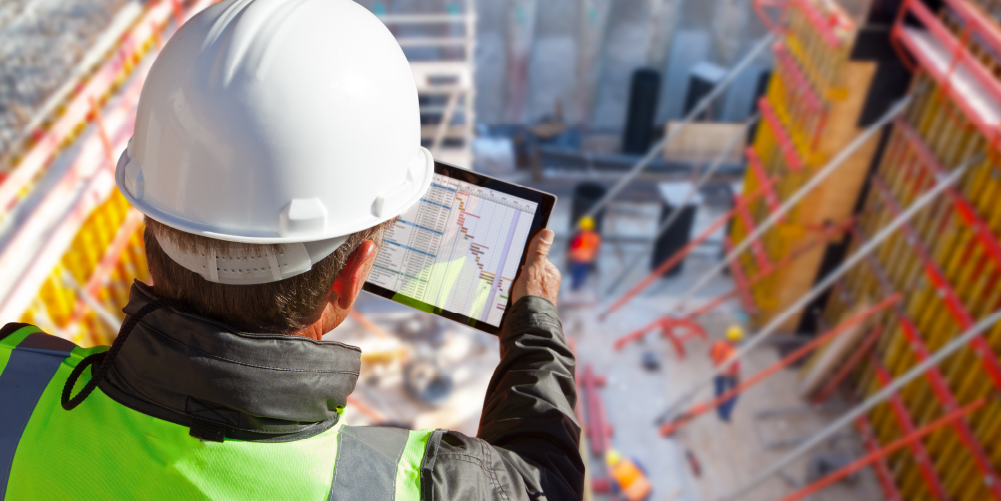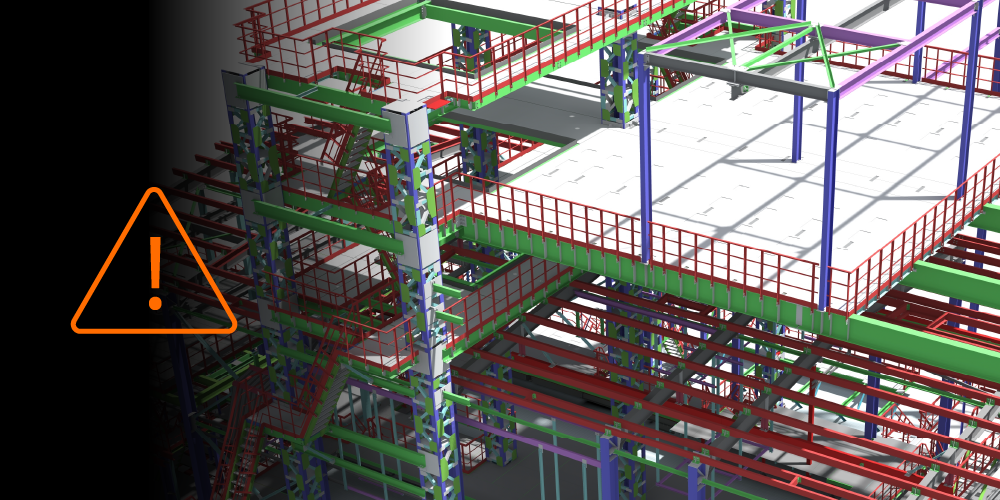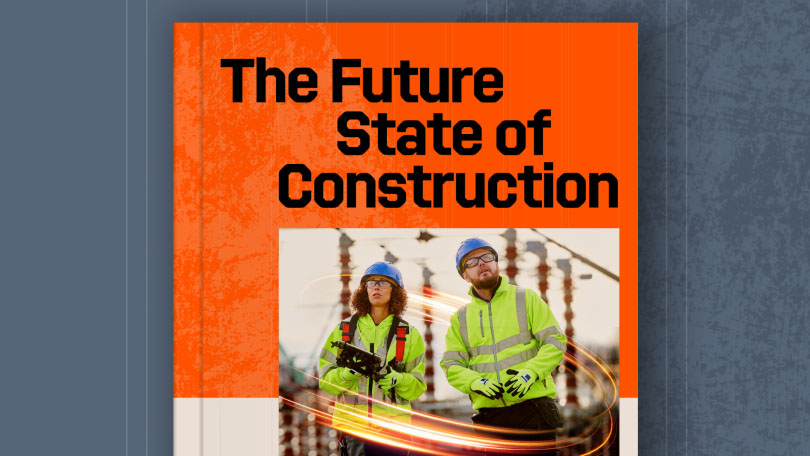Related Articles
— 7 min read
Construction Site Management: How to Deliver Safer, Smarter, and More Predictable Projects

Last Updated Sep 30, 2025

Josh Krissansen
47 articles
Josh Krissansen is a freelance writer with two years of experience contributing to Procore's educational library. He specialises in transforming complex construction concepts into clear, actionable insights for professionals in the industry.
Last Updated Sep 30, 2025

Australia’s construction sites operate under relentless pressure — tighter programs, stricter WHS enforcement, and supply chains that can stall a project overnight. On site, a single missed delivery or out-of-sequence trade can escalate into delays, safety risks, and budget overruns.
For site leaders, this environment demands more than basic scheduling and supervision. Construction site management is now a discipline of control: coordinating trades, enforcing WHS standards, protecting margins, and ensuring the build proceeds according to plan despite constant change.
This article explores the fundamentals of construction site management in Australia — what it involves, the role of a detailed site management plan, and the practices that help experienced supervisors deliver projects safely, on time, and within budget.
Table of contents
What is Construction Site Management?
Construction site management directs all on-site activity needed to deliver a project safely, on schedule, and within budget.
From preconstruction through handover, site managers set up the site, sequence trades, and keep daily operations aligned with the program.
Core responsibilities include:
- Workforce scheduling and coordinating subcontractors
- Managing plant, materials, and deliveries
- Adjusting plans in response to delays, weather, or site constraints
- Enforcing WHS compliance through SWMS and site protocols
- Implementing quality inspections in line with the project’s Quality Management Plan
- Documenting daily progress through reports to support accountability and decision-making
Site management also involves strategic planning around terrain, access, staging areas, and emergency egress. As projects become complex, teams increasingly rely on construction management software to track progress, manage risk, and keep teams aligned in real time.
A site manager or supervisor typically leads day-to-day site supervision. They resolve issues on the ground and ensure the build proceeds in accordance with contract, program, and regulatory requirements.
How Site Management Keeps Your Project On Schedule, On Budget, and Out of Trouble
Site management plays a central role in maintaining progress, protecting margin, and avoiding costly setbacks. Supervisors coordinate activity on the ground to influence productivity, cost control, safety, quality, and communication across the project.
Productivity and Cost Control
Site managers sequence trades, track milestones, and adjust plans to prevent downtime. When issues arise, real-time decisions keep crews productive and work progressing.
They also manage deliveries, monitor actual spend, and identify scope changes early. These actions reduce rework, protect margin, and support cash flow.Safety and Compliance
Supervisors enforce WHS through SWMS, inspections, and toolbox talks. High-risk activities like plant movement or electrical work require strict controls, training, and clear signage.
Digital reporting and fatigue management reduce incident risk and prevent costly shutdowns.Quality Assurance
Site managers use ITPs, checklists, and phased inspections to catch defects early and coordinate fixes. This prevents rework and keeps the program on track.
Reduced Risk
Risks such as delays, delivery issues, and weather impacts are identified early on-site. Mitigation plans are built into daily operations and reviewed in coordination meetings. Structured assessments and reporting help teams respond quickly and maintain resilience.
Stakeholder Communication
Site managers coordinate crews, subcontractors, and clients through daily briefings and construction management software. Clear, timely communication keeps teams aligned and strengthens trust across the project.
Developing a Construction Site Management Plan (CSMP)
A Construction Site Management Plan defines how a site will be operated, supervised, and kept safe from preconstruction to completion. It outlines site-specific controls for safety, logistics, amenities, and environmental compliance.
In commercial construction, the CSMP may form part of a broader Construction Management Plan or be supported by other documents, including the Site-Specific Safety Plan, Construction Logistics Plan, and Quality Management Plan.
A CSMP sets enforceable rules for how work proceeds and how risks are controlled. It strengthens WHS compliance, site coordination, and contractor accountability.
Key components typically include:
- Safety protocols and emergency response: Site rules, PPE requirements, evacuation procedures, and first aid arrangements
- Site layout and security: Fencing, signage, controlled access, and designated zones for deliveries, waste, and plant
- Worker facilities: Toilets, shaded rest areas, drinking water, and hygiene stations
- Environmental controls: Dust suppression, noise mitigation, runoff prevention, and hazardous material management
- Traffic management: Clear separation of vehicles and pedestrians, with road interface plans where required
- Quality processes: Inspection schedules, hold points, and acceptance criteria linked to the Quality Management Plan
- Monitoring and reporting: Daily reports, audit schedules, and inspection logs that hold contractors accountable and keep stakeholders informed
Most builders use construction management systems to centralise this information, maintain version control, and align field teams in real time.
Practical Tips for Better Construction Site Management
Strong site management depends on disciplined processes and consistent supervision. These practices help commercial builders reduce risk and maintain control on site.
Prioritise Safety at All Times
A strong safety culture starts with visible leadership. Supervisors must reinforce expectations daily, not just during audits or incidents.
Induct every worker thoroughly, ensure site-specific risks are addressed up front, and keep SWMS and emergency procedures accessible. Toolbox talks should run daily, highlighting high-risk activities and aligning crews on safety priorities.
Focus on the most common site hazards: moving vehicles, electrical exposure, struck-by risks, slips, noise, and fatigue. Use inspection checklists to verify controls are effective, not just in place.
Plan Thoroughly and Stay Organised
Develop a detailed site management plan before mobilisation. It should cover safety, logistics, environmental controls, and worker amenities. Once work begins, the plan must remain active. Review it regularly and update it as sequencing or site conditions change.
This planning should translate directly to the physical layout. Signage, access points, delivery zones, and waste areas must be clear and consistent. Clear signage, access points, and delivery zones reduce clashes, improve safety, and keep site operations predictable and efficient.
Delivery logs, incident reports, and daily diaries provide a reliable audit trail and allow supervisors to make fast, informed decisions. Use digital systems to replace manual tracking and improve team visibility where possible.
Foster Clear Communication and Collaboration
Set clear communication protocols from the outset. Define how crews will share updates, escalate issues, and hand over between shifts. Clarity at this level prevents confusion once work begins.
Daily briefings should reinforce these protocols. Use them to confirm work sequences, identify coordination risks, and flag any changes to the plan. Document decisions clearly and track follow-ups to ensure accountability.
Require subcontractors to coordinate directly with each other, not in silos. Cross-trade collaboration reduces rework, prevents delays, and manages interface risks more effectively.
Select and Manage Subcontractors Wisely
Subcontractor management and performance directly affect program delivery, site safety, and build quality. Select carefully from the outset. Prequalify contractors based on their WHS history, trade performance, and financial stability.
Once engaged, define scopes clearly. Unclear scopes lead to missed responsibilities, double handling, and disputes. Sequence subcontractor activity aligns with the program to reduce idle time and prevent congestion on site.
Monitor performance throughout the project. Keep clear records of progress, quality, and issue resolution. These insights will strengthen future procurement decisions and raise project delivery standards.
Embrace Technology on Site
Field apps centralise permits, checklists, and drawings with real-time updates. This streamlines supervision and reduces avoidable delays.
Track inspections, log defects, and record progress directly from the site. This improves accuracy, accelerates issue resolution, and keeps teams aligned on current information.
Anticipate and Mitigate Risks
Risk management begins before the first crew sets foot on site. Use preconstruction workshops to identify potential issues and define mitigation strategies early.
As work progresses, keep a live risk register. Update it regularly to reflect changing site conditions, supply constraints, and program pressures. Escalation paths must be clear so delays, trade shortages, or material gaps are dealt with quickly.
Embed contingency plans in the program. Build flexibility into sequencing, procurement, and delivery schedules so the project keeps moving when conditions change.
Adapt and Learn Continuously
High-performing teams review regularly and adjust quickly. Hold retrospectives to assess what worked and what needs to change.
Encourage site managers to raise recurring issues early to address them before they escalate. Share lessons learned across teams and use that feedback to improve future site procedures.
Site management plans should evolve with the project. They should be live, practical, and informed by real site experience, not just contract requirements.
Strong site management improves safety, reduces delays, and keeps commercial projects on track
Construction site management brings order to complex projects by coordinating trades, enforcing WHS standards, and keeping schedules and budgets under control. A clear site management plan and disciplined daily oversight give supervisors the tools to reduce risk, maintain quality, and deliver with confidence
Categories:
Written by

Josh Krissansen
47 articles
Josh Krissansen is a freelance writer with two years of experience contributing to Procore's educational library. He specialises in transforming complex construction concepts into clear, actionable insights for professionals in the industry.
View profileExplore more helpful resources

Managing Direct Costs in Construction: How Visibility Drives Profitability
Direct costs define the financial reality of every construction project. They cover the labour, materials, and equipment that drive delivery and determine profitability. But even the best-planned budgets can shift...

BIM Clash Detection: Reducing Rework, Delays, and Risk in Construction
Design clashes can be a significant hidden cost in construction, as each conflict between systems risks expensive rework, project delays, and reduced margins. BIM clash detection empowers teams to identify...

Next-Gen Job-Costing: Ready to Move? 5 Things to Consider Before You Get Started
In this three-part series, Quantity Surveyor turned Financial Solutions Specialist Clint Burgess uncovers the real-world gains for people, processes, and profits when businesses move from legacy to next-generation Enterprise Resource...

From Workarounds to Workflow: Solving Construction’s Legacy Job-Costing System Challenges with Next-Gen Tools
In this three-part series, Quantity Surveyor turned Financial Solutions Specialist Clint Burgess uncovers the real-world gains for people, processes, and profits when businesses move from legacy to next-generation Enterprise Resource...
